How to get URL link on X (Twitter) App


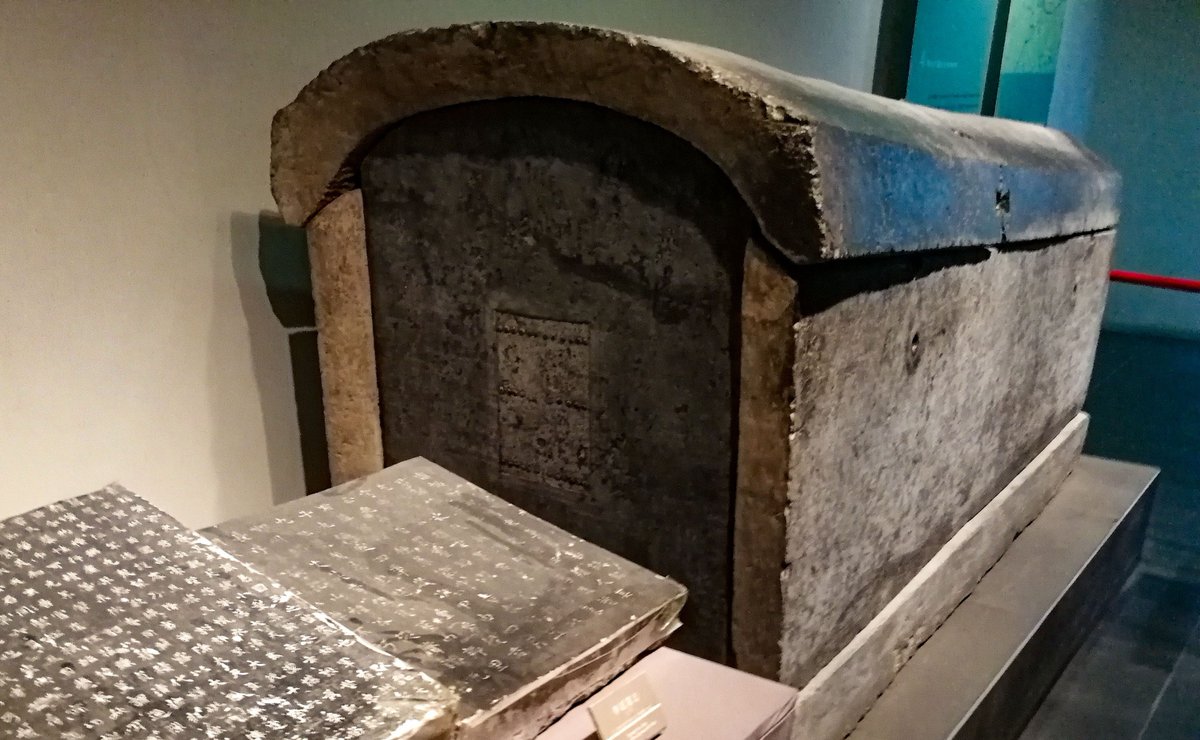
 The tomb was discovered under the floor of a farmer's house. Except for a Byzantine gold coin from the wife's mouth, no valuables have been found in the coffin. The imagery on the coffin depicts guardian creatures of pure Chinese style, thus attracting little scholarly attention.
The tomb was discovered under the floor of a farmer's house. Except for a Byzantine gold coin from the wife's mouth, no valuables have been found in the coffin. The imagery on the coffin depicts guardian creatures of pure Chinese style, thus attracting little scholarly attention. 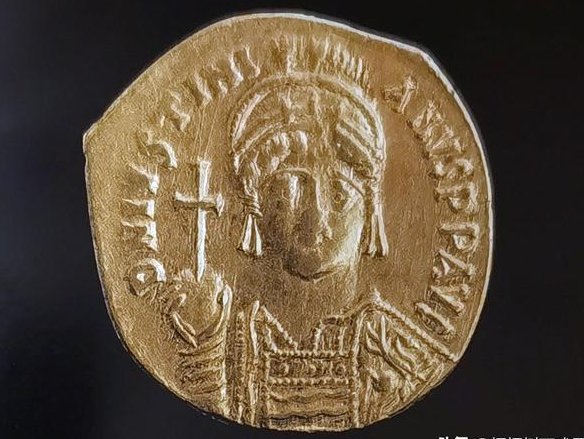






 The paper is open access:
The paper is open access:
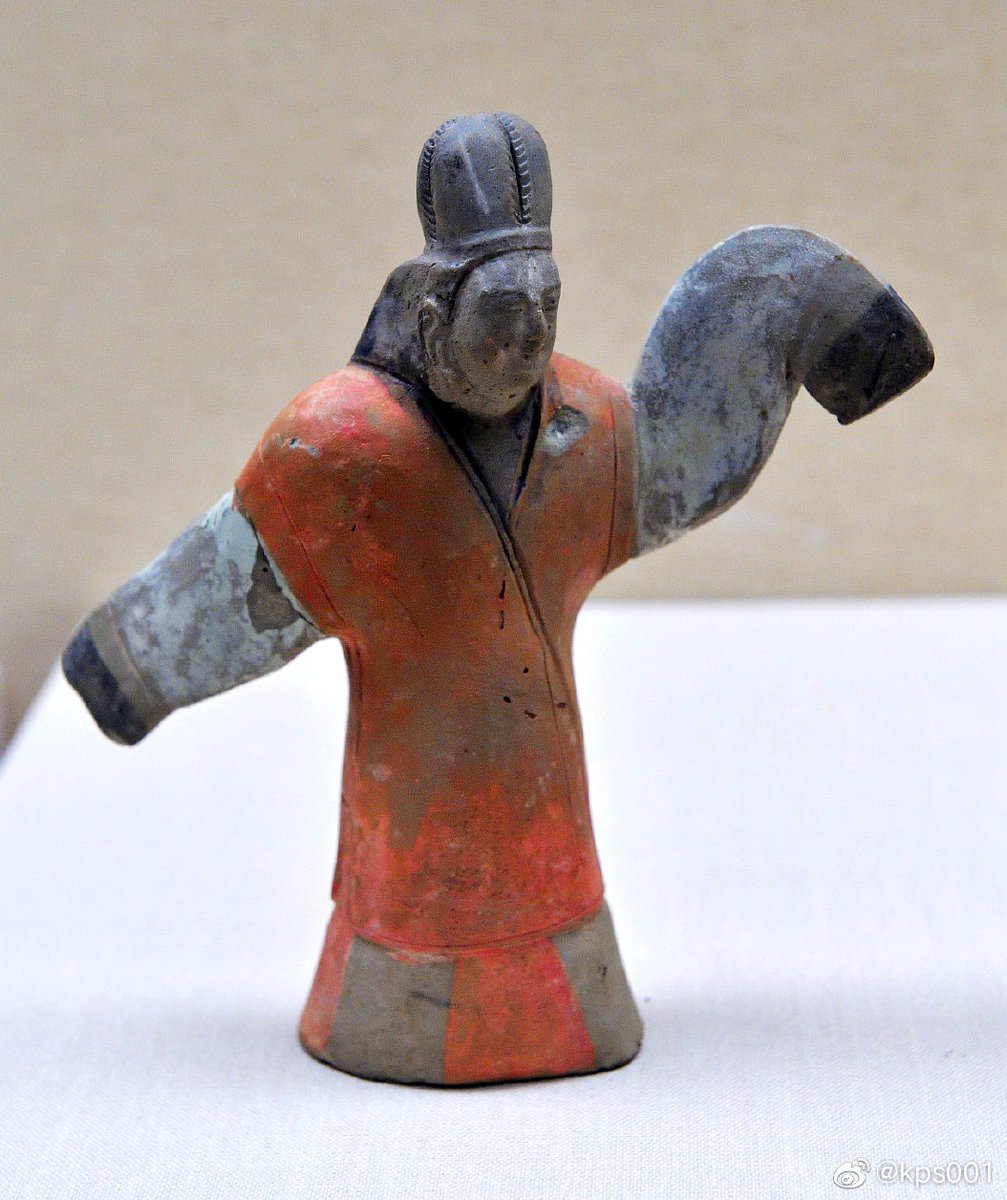

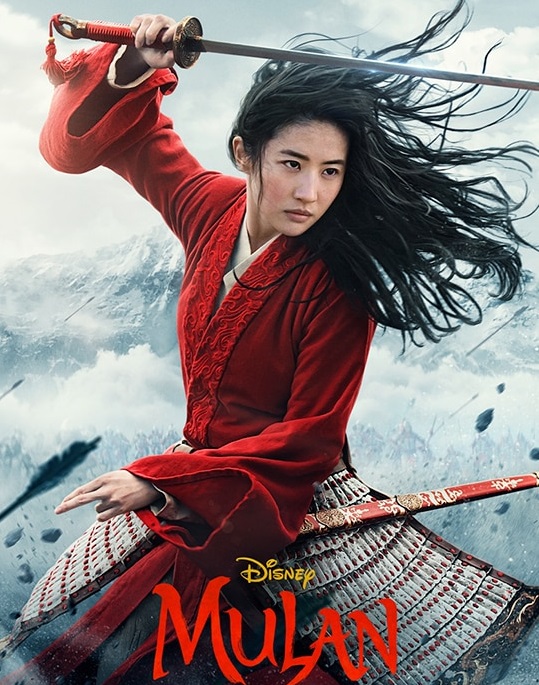 In Mulan's times, or the Northern dynasties, women in armor and cavalry were not uncommon. Good at archery on horseback, Lady Pan (6th c), the wife of a Tibetan (Di) general, is said to fight side by side with her husband on the battlefield, thus gaining an epithet "General Pan."
In Mulan's times, or the Northern dynasties, women in armor and cavalry were not uncommon. Good at archery on horseback, Lady Pan (6th c), the wife of a Tibetan (Di) general, is said to fight side by side with her husband on the battlefield, thus gaining an epithet "General Pan." 
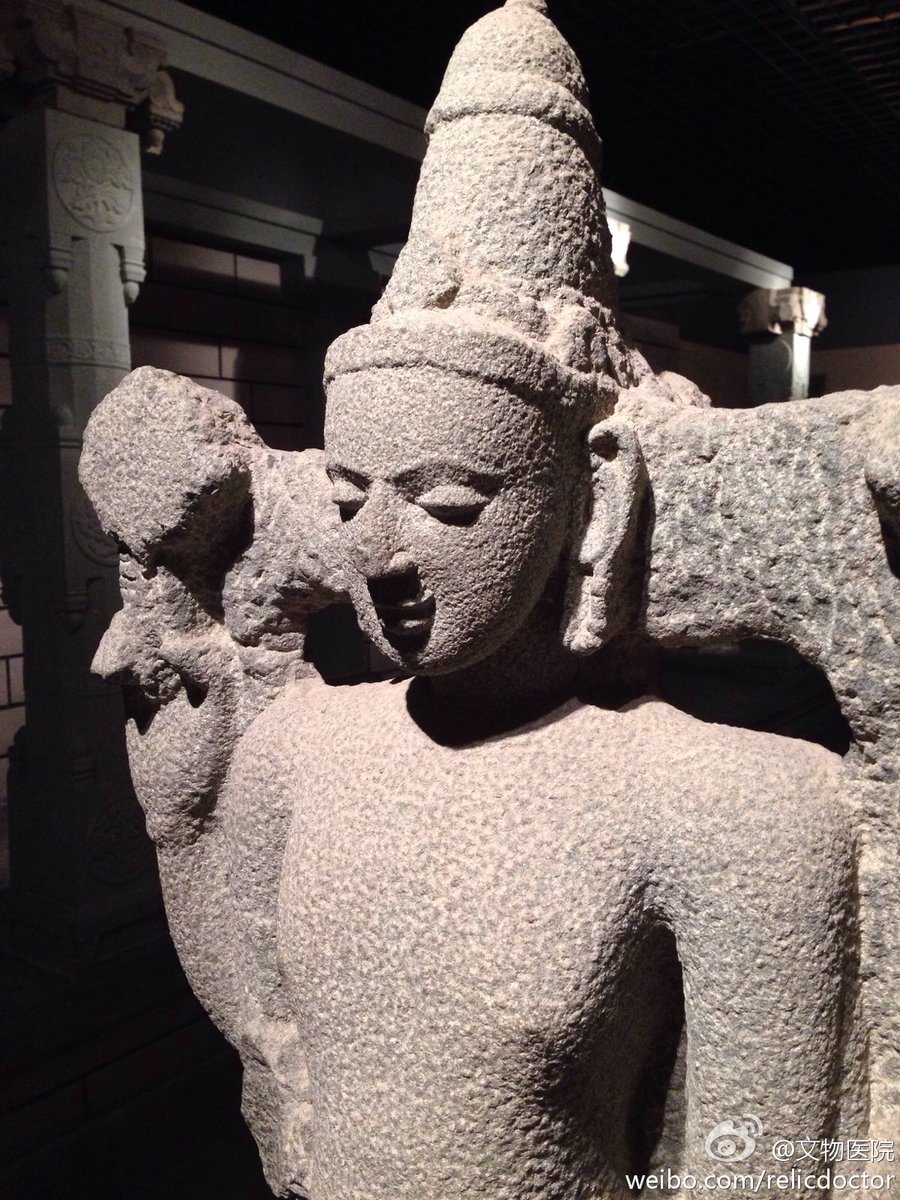

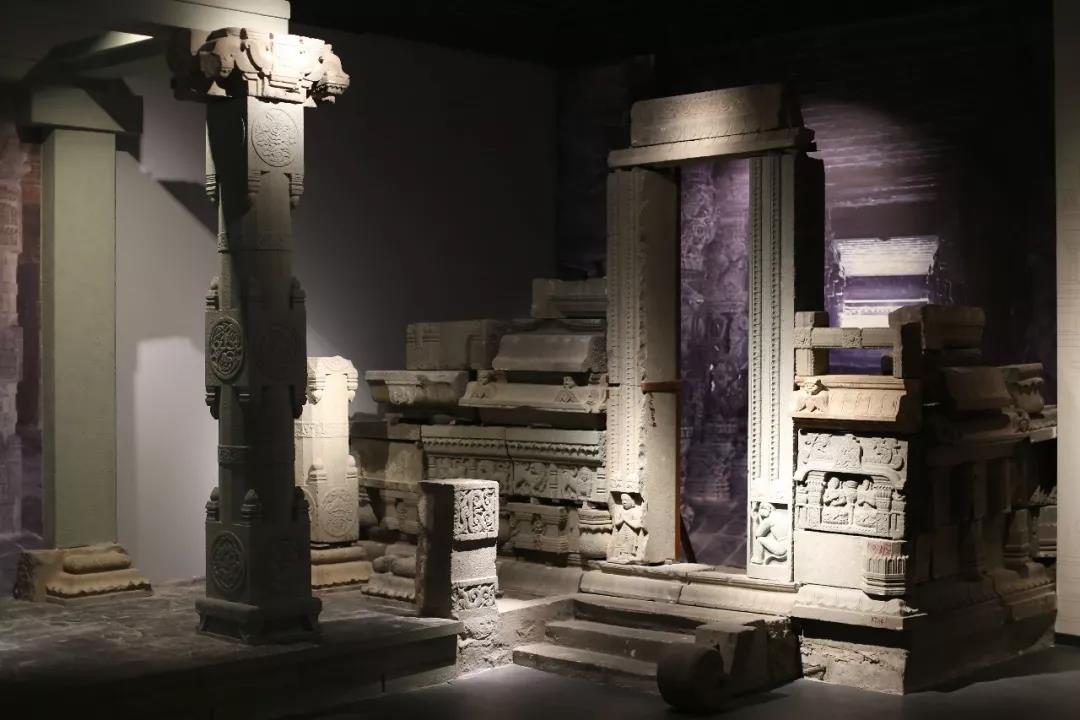 On the left is a statue of Vishnu, one of the most important deities in Hinduism and the protector of the universe. On the lower right is a stone shrine of Vishnu's wife Lakshmi, the goddess of wealth, fortune, and luxury.
On the left is a statue of Vishnu, one of the most important deities in Hinduism and the protector of the universe. On the lower right is a stone shrine of Vishnu's wife Lakshmi, the goddess of wealth, fortune, and luxury. 
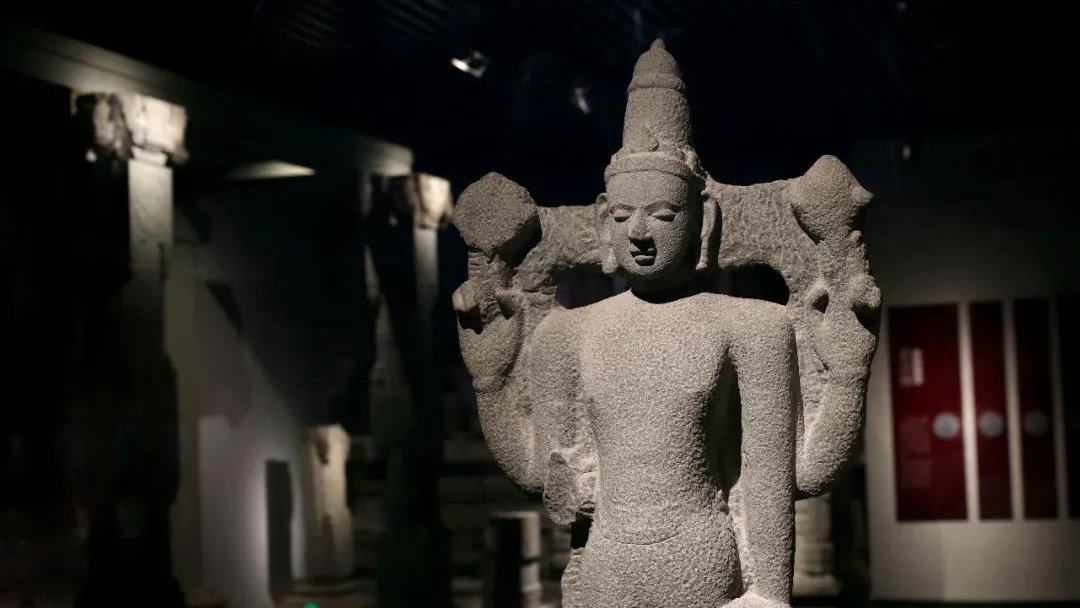

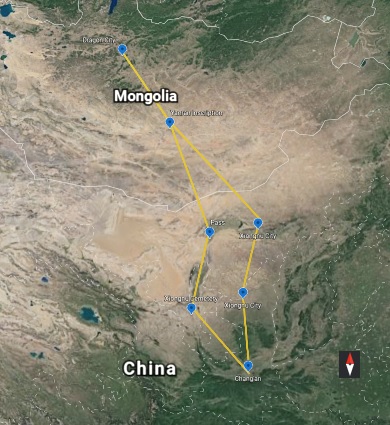

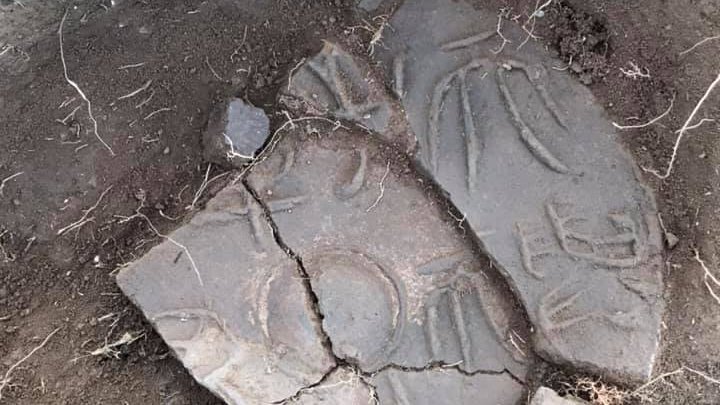
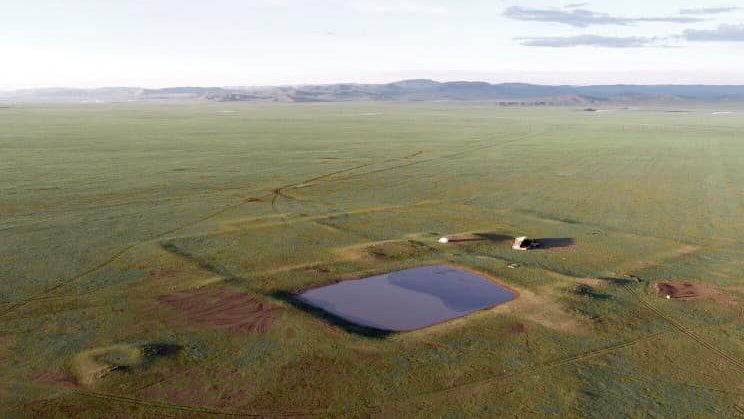 "Dragon City" is located on the north side of the Khangai Mountains, a place celebrated as the cradle of nomadic civilizations in Mongolia. Over the past 2 decades, cemeteries of Xiongnu nobles (at Gol Mod) were uncovered near the city, yielding a wealth of spectacular objects.
"Dragon City" is located on the north side of the Khangai Mountains, a place celebrated as the cradle of nomadic civilizations in Mongolia. Over the past 2 decades, cemeteries of Xiongnu nobles (at Gol Mod) were uncovered near the city, yielding a wealth of spectacular objects. 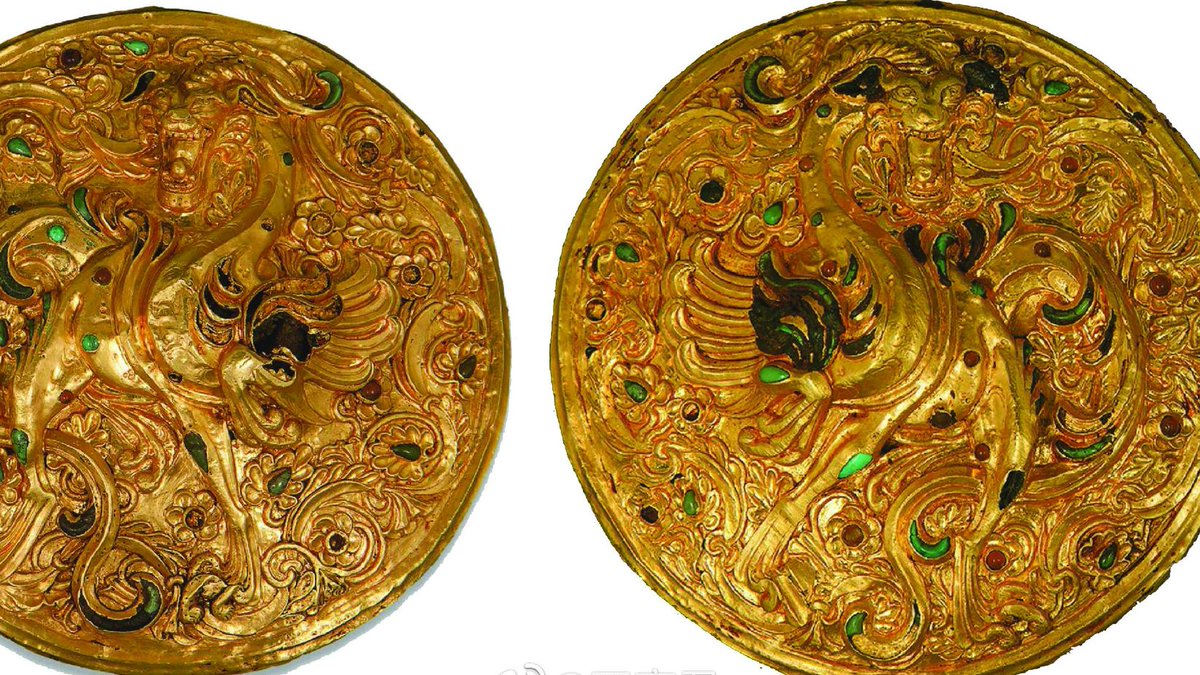
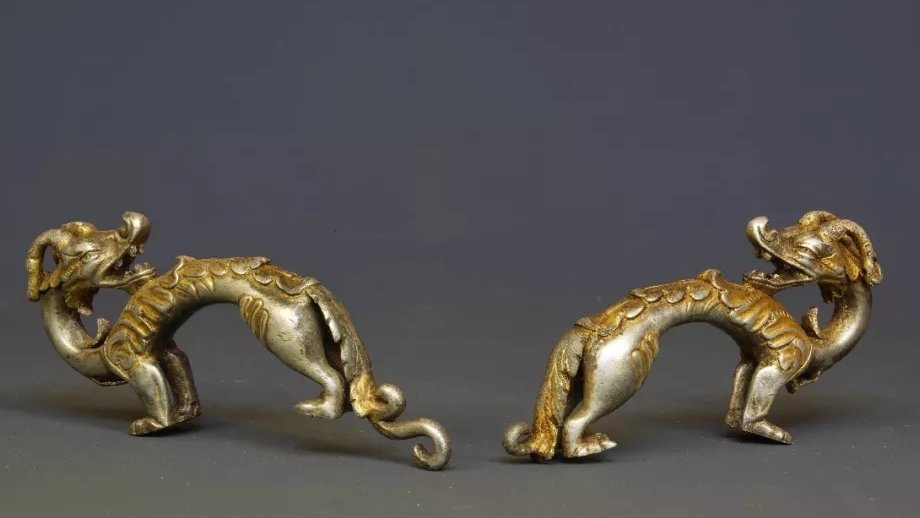
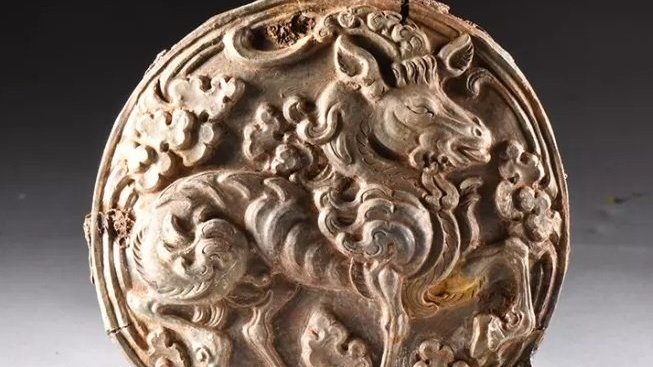
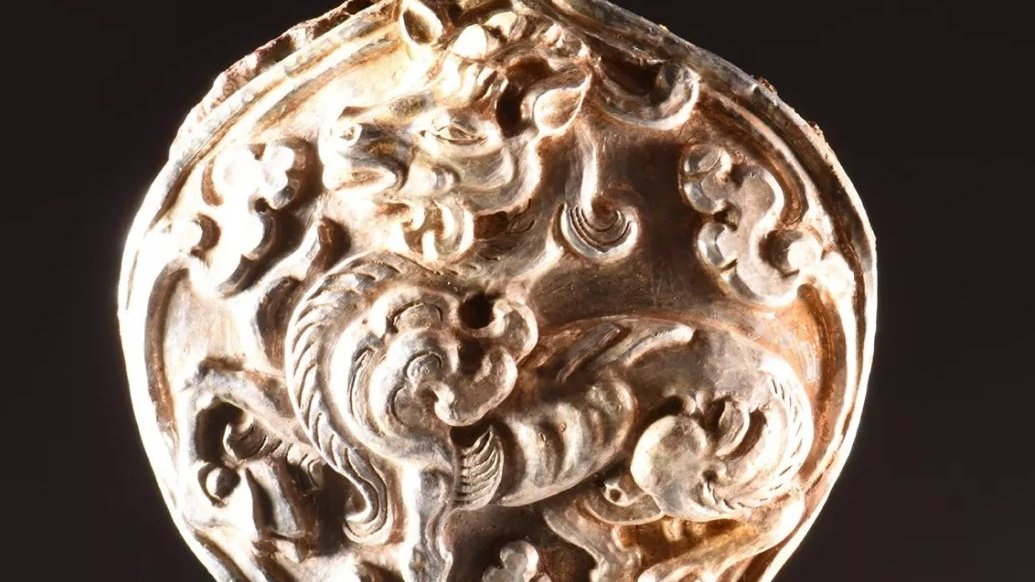



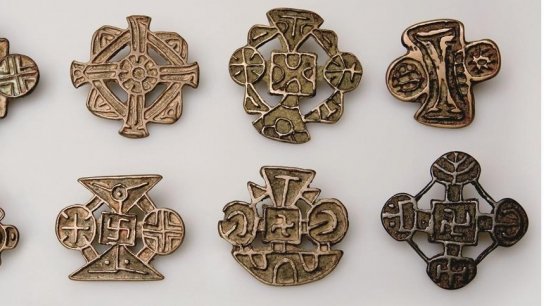
 Onguds were converted to Christianity as early as the 9th c by Church of the East (Nestorian) priests who fled Central China due to the Tang emperor's persecution. Yet they rose to prominence in the 13th c by allying with Genghis Khan. Here're two 9th-c Nestorian stones in China.
Onguds were converted to Christianity as early as the 9th c by Church of the East (Nestorian) priests who fled Central China due to the Tang emperor's persecution. Yet they rose to prominence in the 13th c by allying with Genghis Khan. Here're two 9th-c Nestorian stones in China. 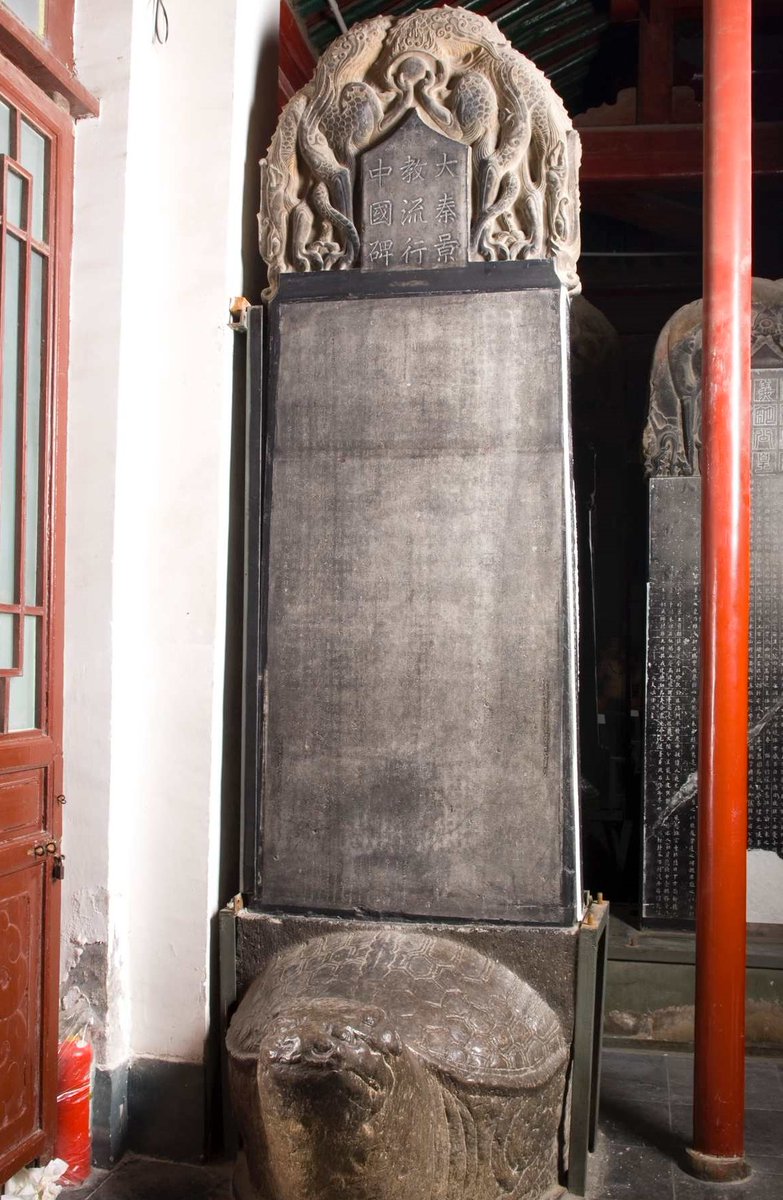



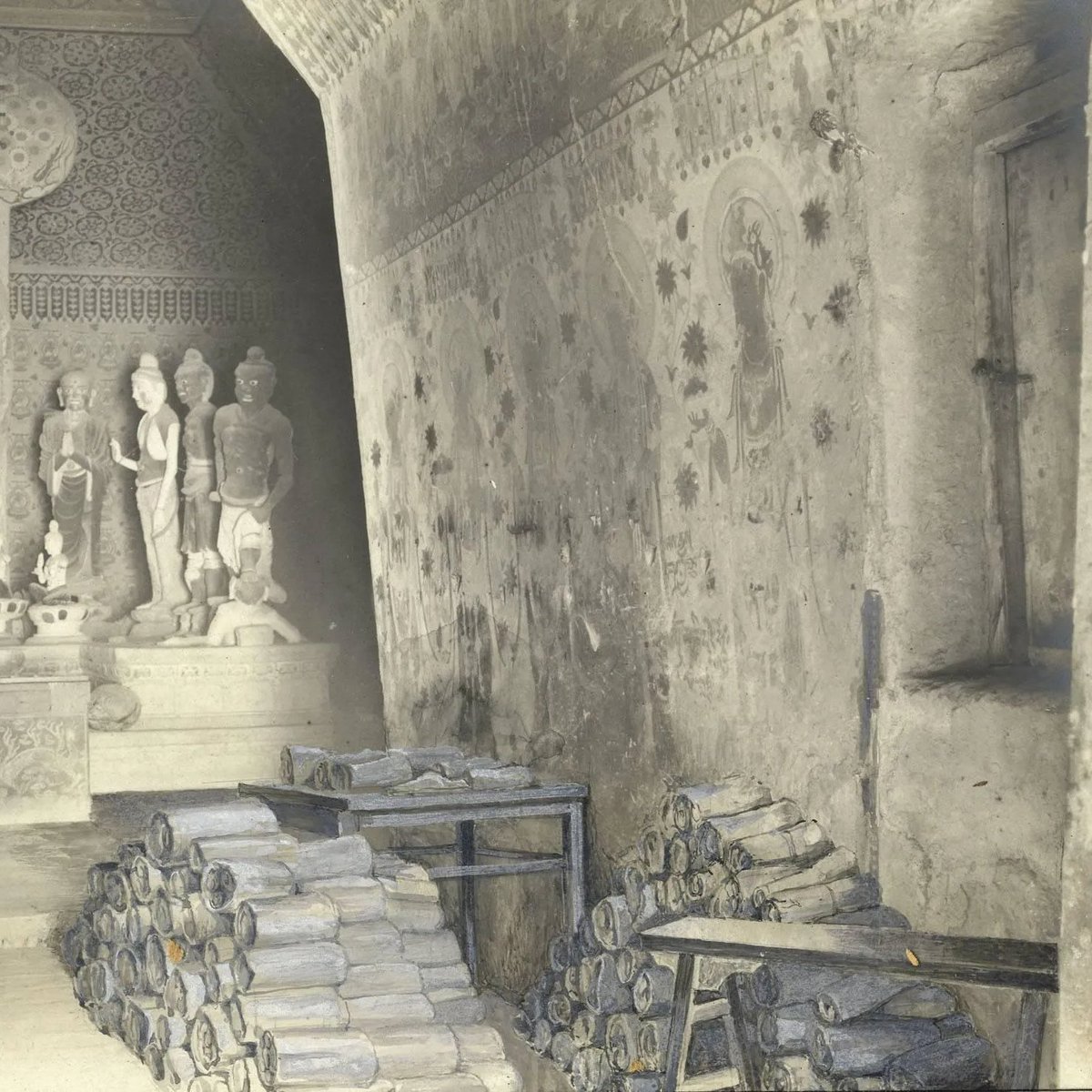 L: 9C drawing of two Sogdian goddesses, possibly Den holding a dog figure & four-armed Nana
L: 9C drawing of two Sogdian goddesses, possibly Den holding a dog figure & four-armed Nana 

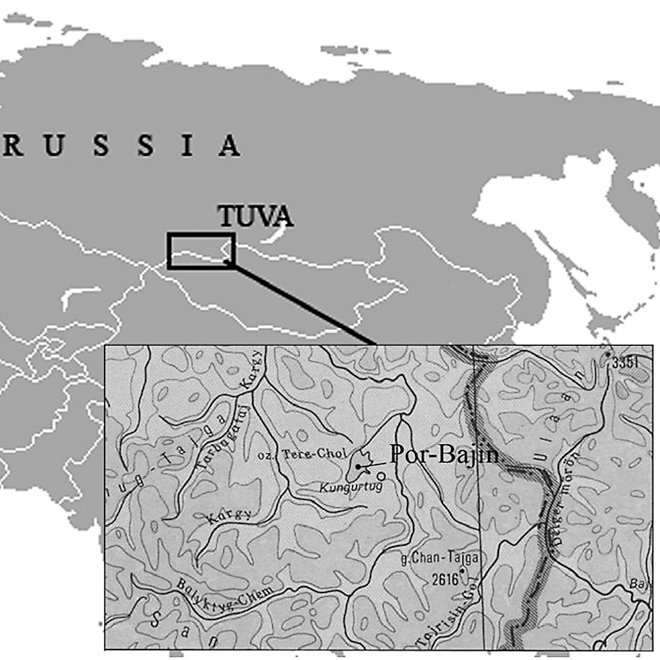

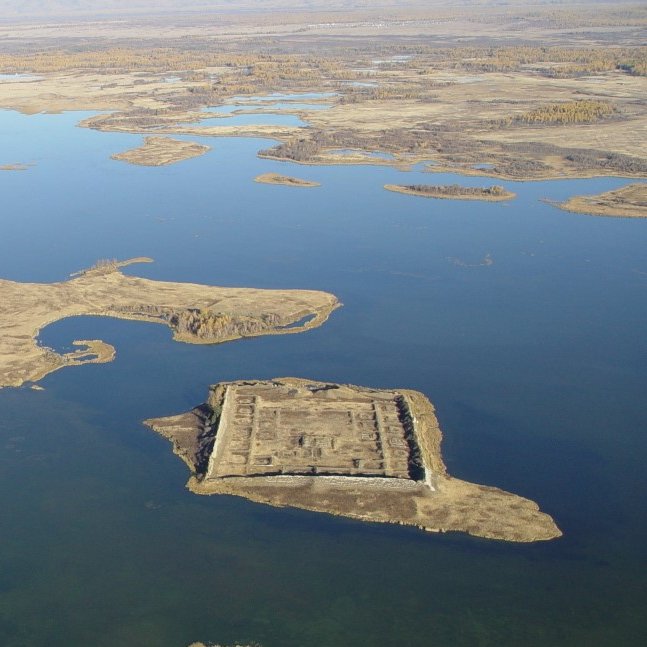 Manichaeism was founded by Mani in Persia in the 3rd c AD. Prosecuted as a heresy in the west, it spread to China in the 7th c. Here's a manuscript of a text written in 731, explaining its doctrines & rites to a Tang emperor. But the text didn't work; in 732 it's banned in China.
Manichaeism was founded by Mani in Persia in the 3rd c AD. Prosecuted as a heresy in the west, it spread to China in the 7th c. Here's a manuscript of a text written in 731, explaining its doctrines & rites to a Tang emperor. But the text didn't work; in 732 it's banned in China. 
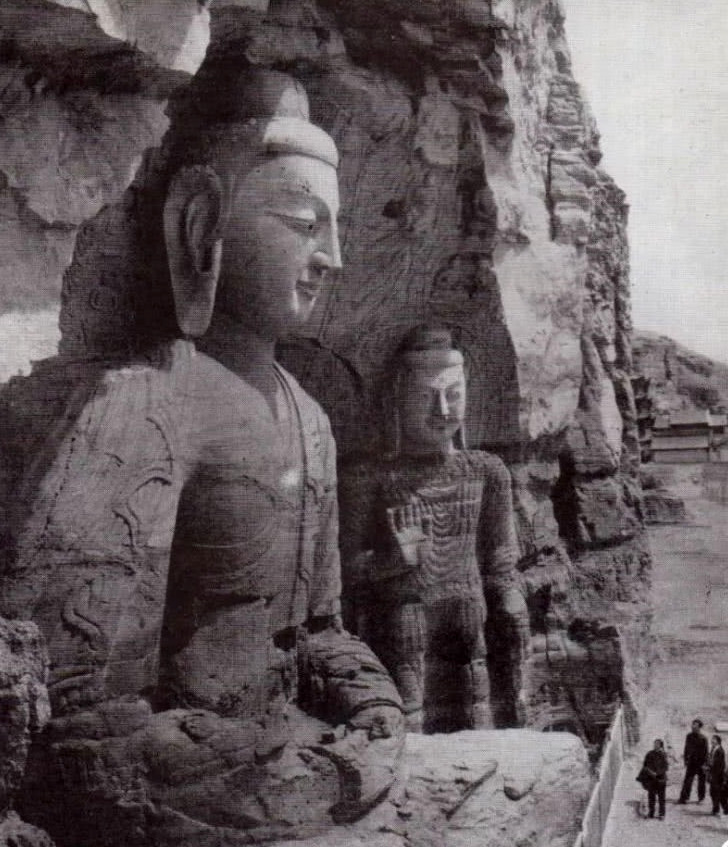

 Here're a couple of objects which help to pin down the close connections of the city (Pingcheng, today Datong) with Eurasian world. First, as a people originating on the steppe, the Xianbei nobility got their nomadic way of life painted in their tombs: yurts, tent carts, BBQ ...
Here're a couple of objects which help to pin down the close connections of the city (Pingcheng, today Datong) with Eurasian world. First, as a people originating on the steppe, the Xianbei nobility got their nomadic way of life painted in their tombs: yurts, tent carts, BBQ ... 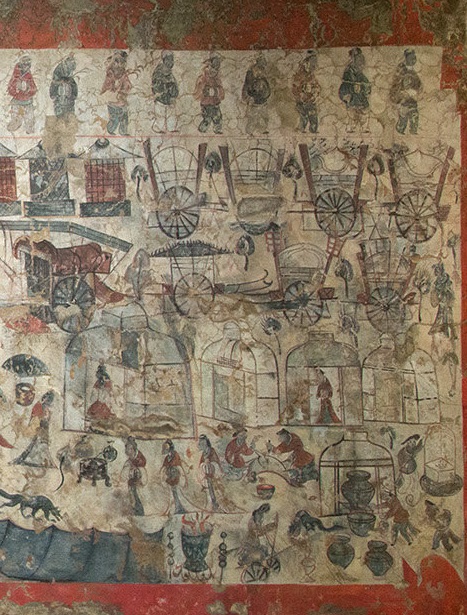
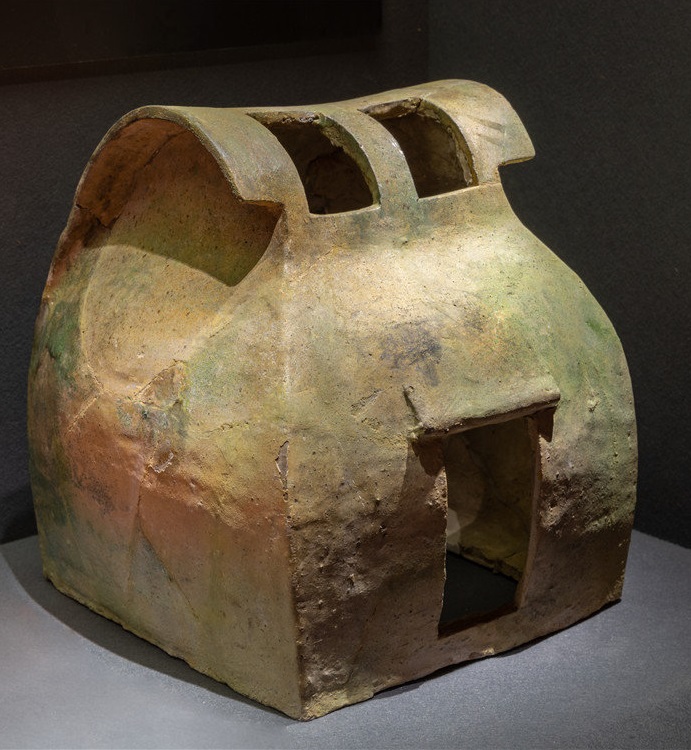
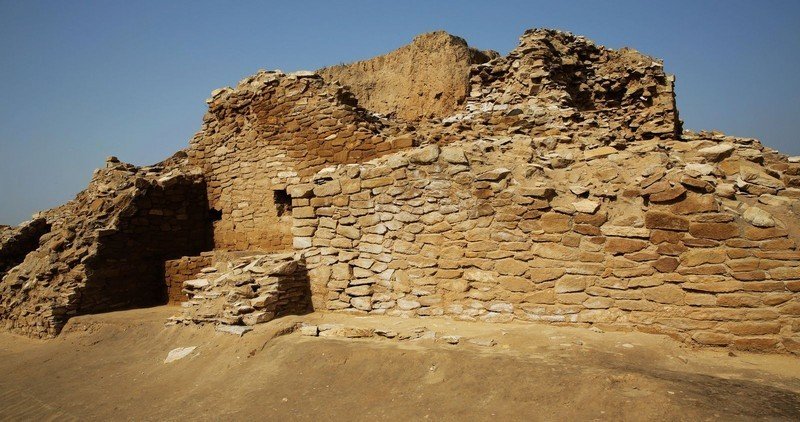

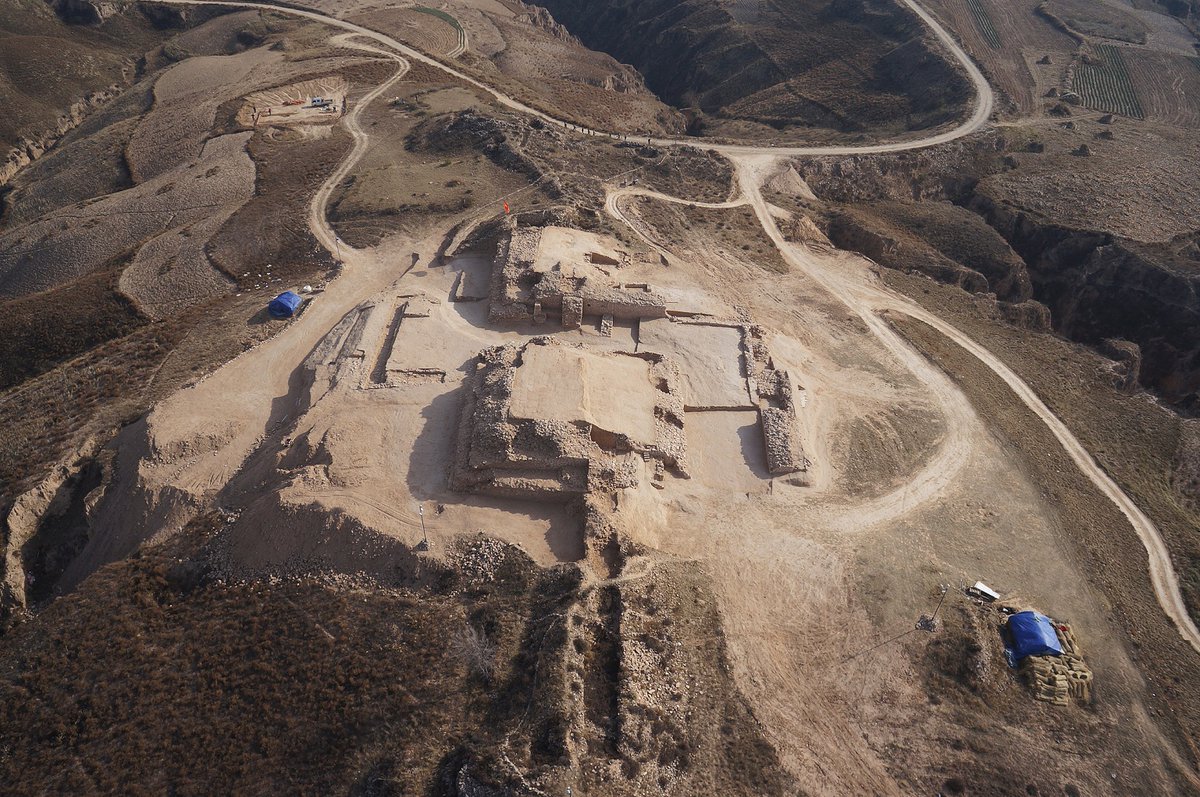
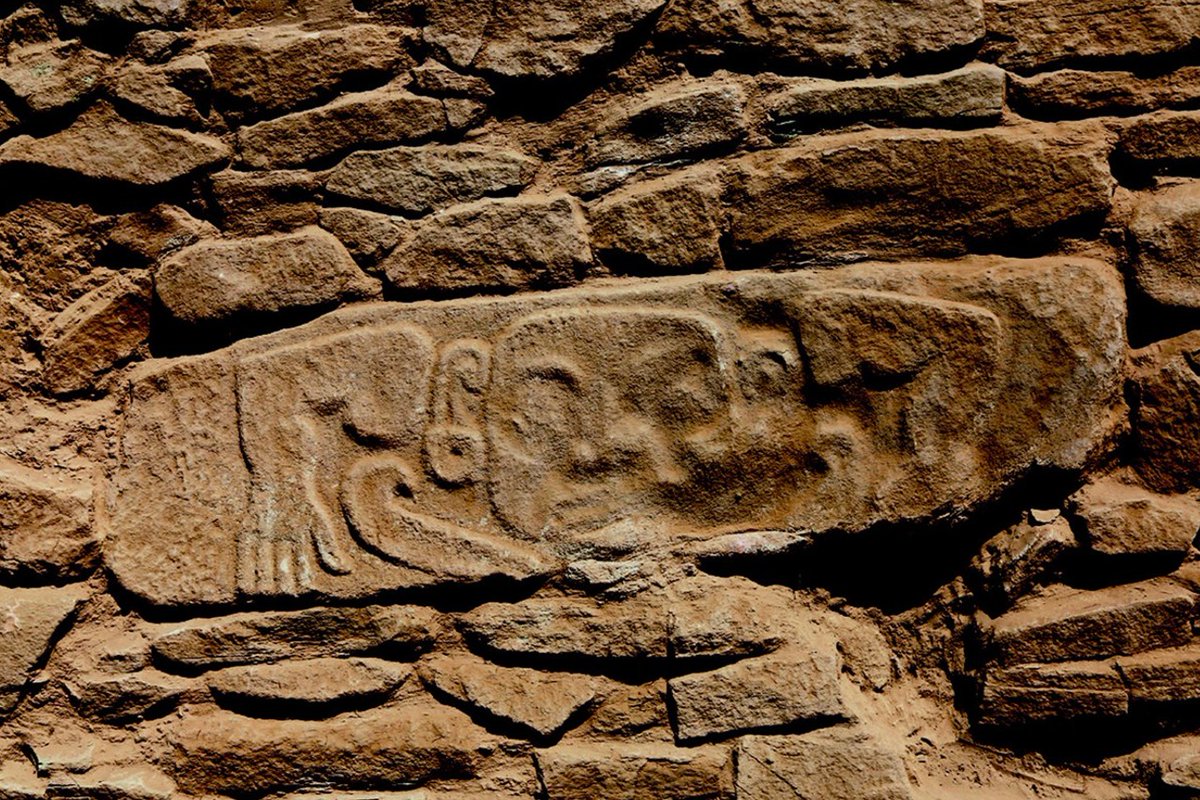 1. As Ralph E. Turner puts it, "almost nothing is known about Chinese architecture before the age of Qin (3rd c BC)," because dominant building materials had been rammed earth &timber. But at Shimao, we see a stone city with monumental structures which look like stepped pyramids.
1. As Ralph E. Turner puts it, "almost nothing is known about Chinese architecture before the age of Qin (3rd c BC)," because dominant building materials had been rammed earth &timber. But at Shimao, we see a stone city with monumental structures which look like stepped pyramids. 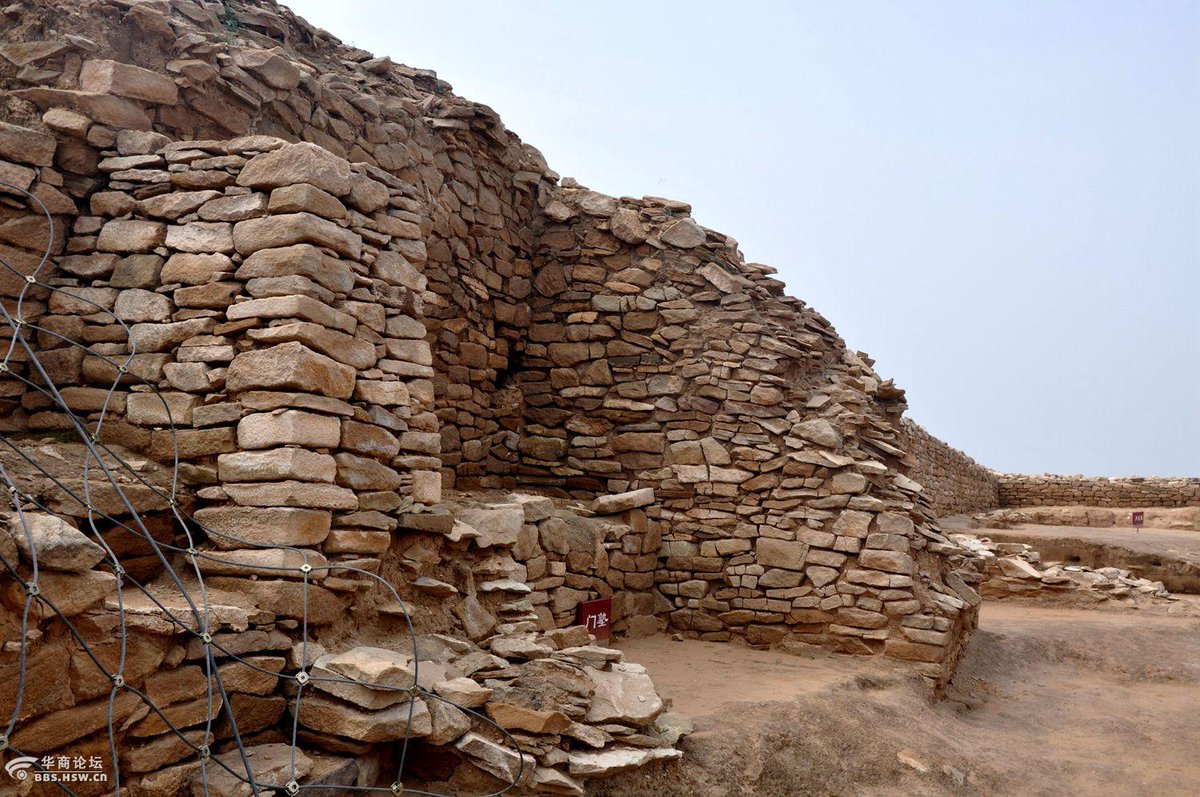
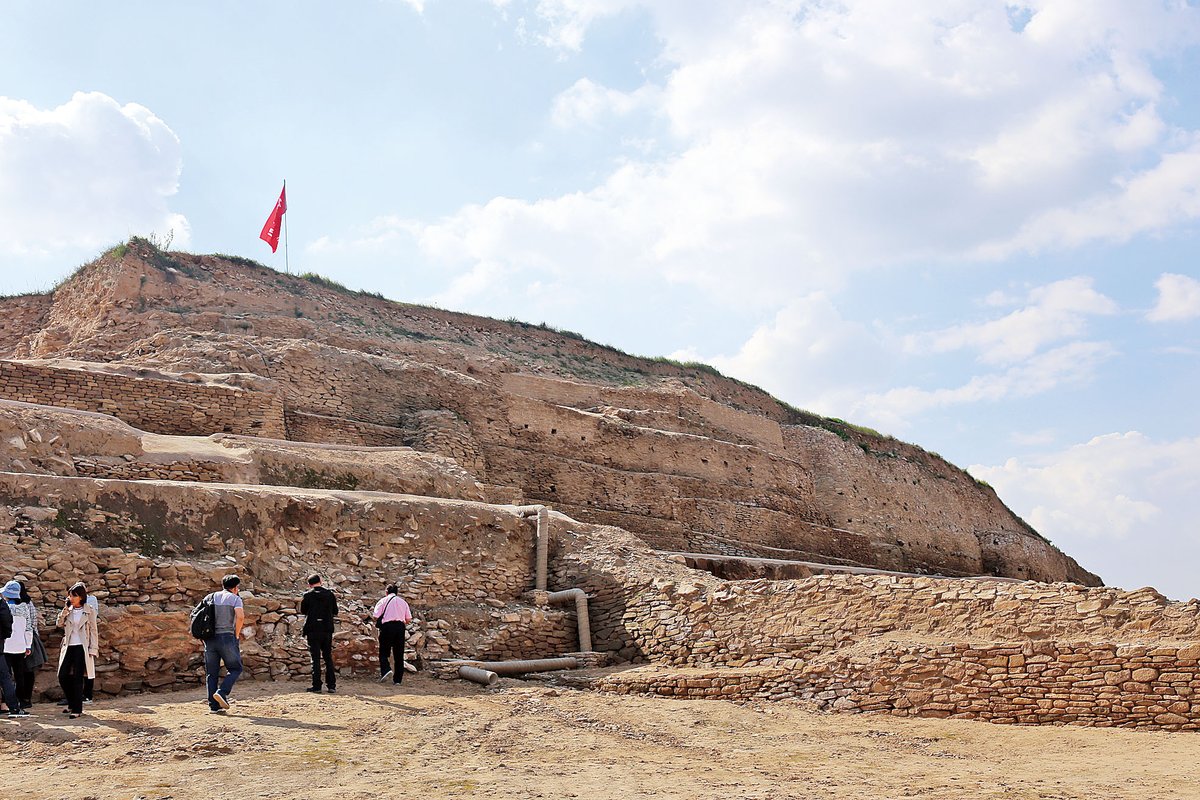
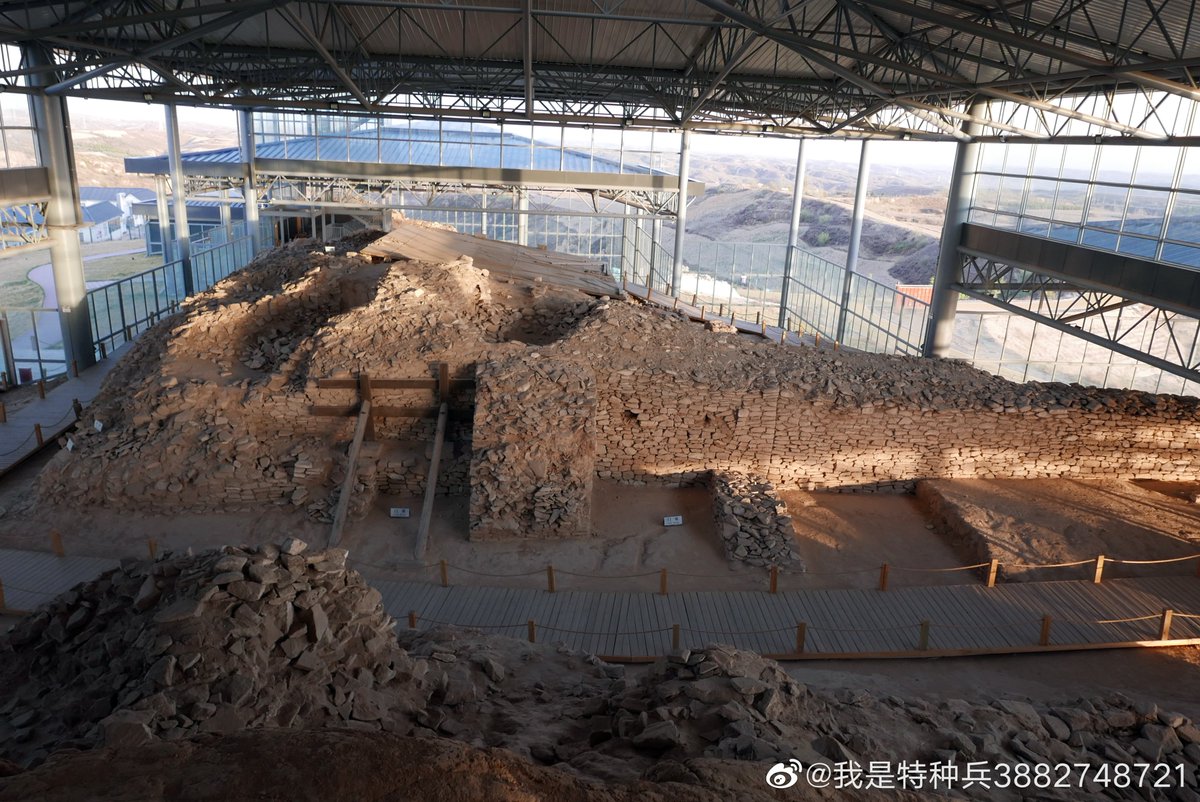




 The Topdara stupa overlooks the site of Kapsia, the summer capital of Kushan empire, where Chinese pilgrim Xuanzang visited in 7th c, saying: "the stupas are of an imposing height.. built on high level spots, from which they may be seen on every side, shining in their grandeur."
The Topdara stupa overlooks the site of Kapsia, the summer capital of Kushan empire, where Chinese pilgrim Xuanzang visited in 7th c, saying: "the stupas are of an imposing height.. built on high level spots, from which they may be seen on every side, shining in their grandeur." 




 A recently opened museum by the site shows a large number of objects, most for the 1st time, recovered from the imperial cemetery of Tangut Kingdom, a 2-century-long dynasty established in NW China by a people of Tibetan origin, its territory stretching from Ordos to Dunhuang.
A recently opened museum by the site shows a large number of objects, most for the 1st time, recovered from the imperial cemetery of Tangut Kingdom, a 2-century-long dynasty established in NW China by a people of Tibetan origin, its territory stretching from Ordos to Dunhuang. 


